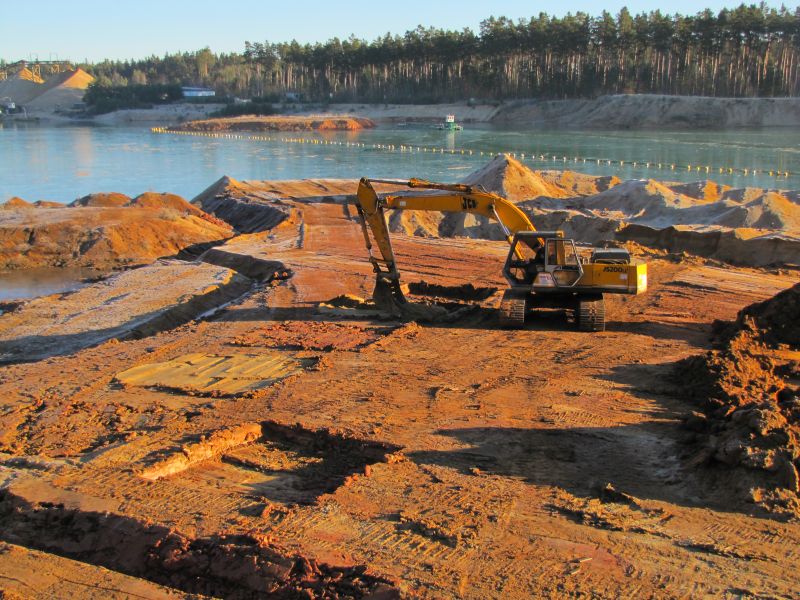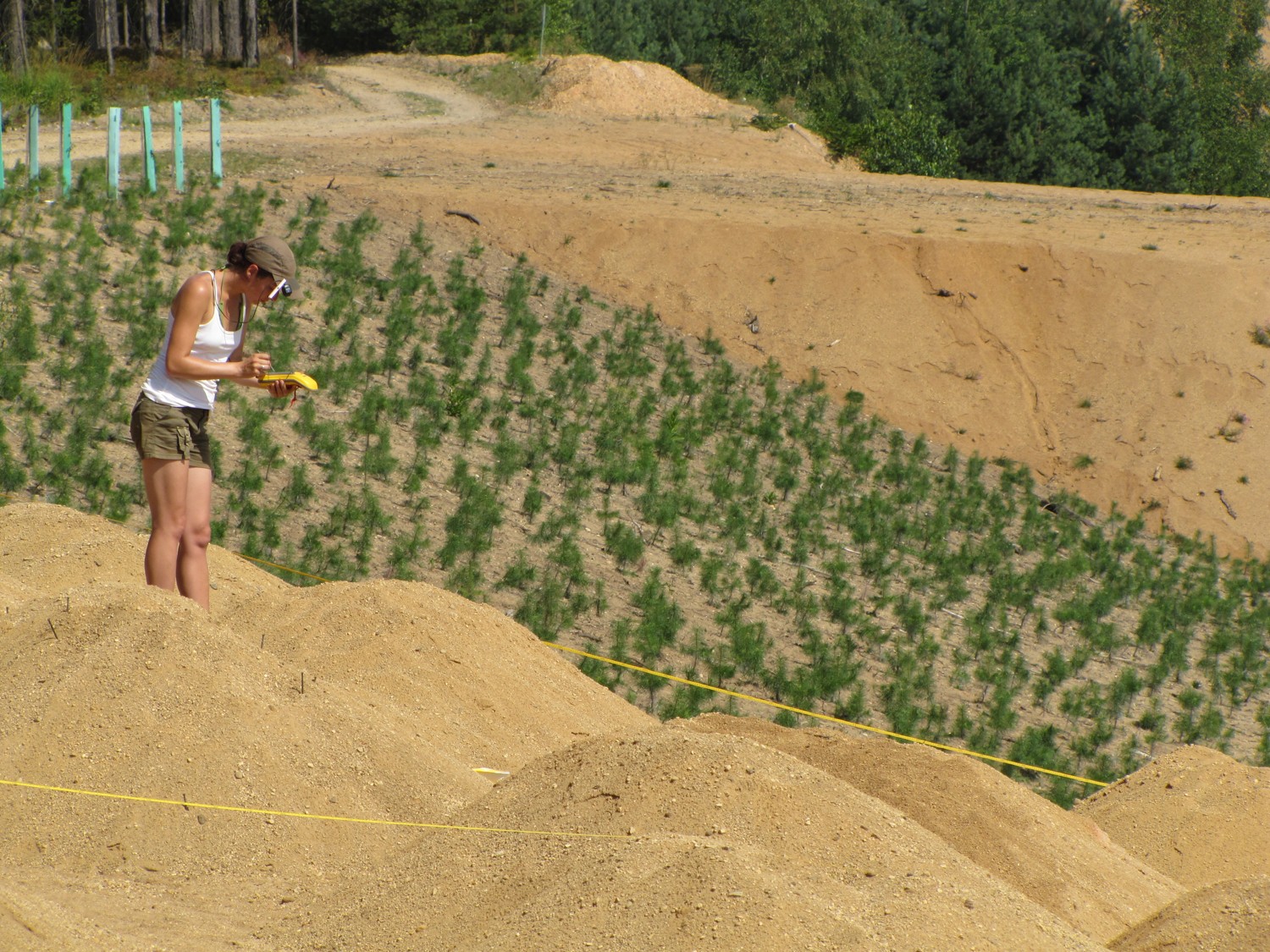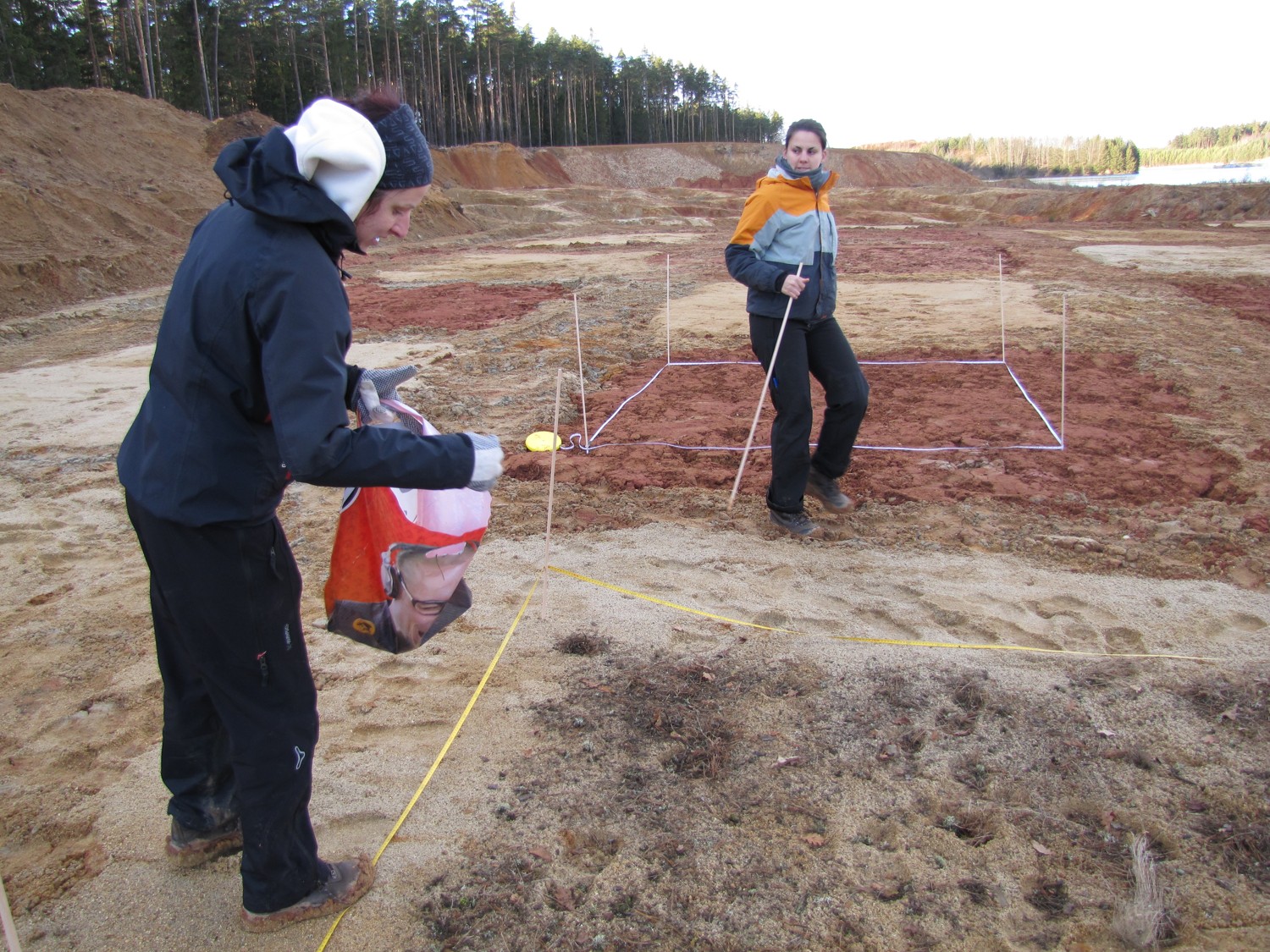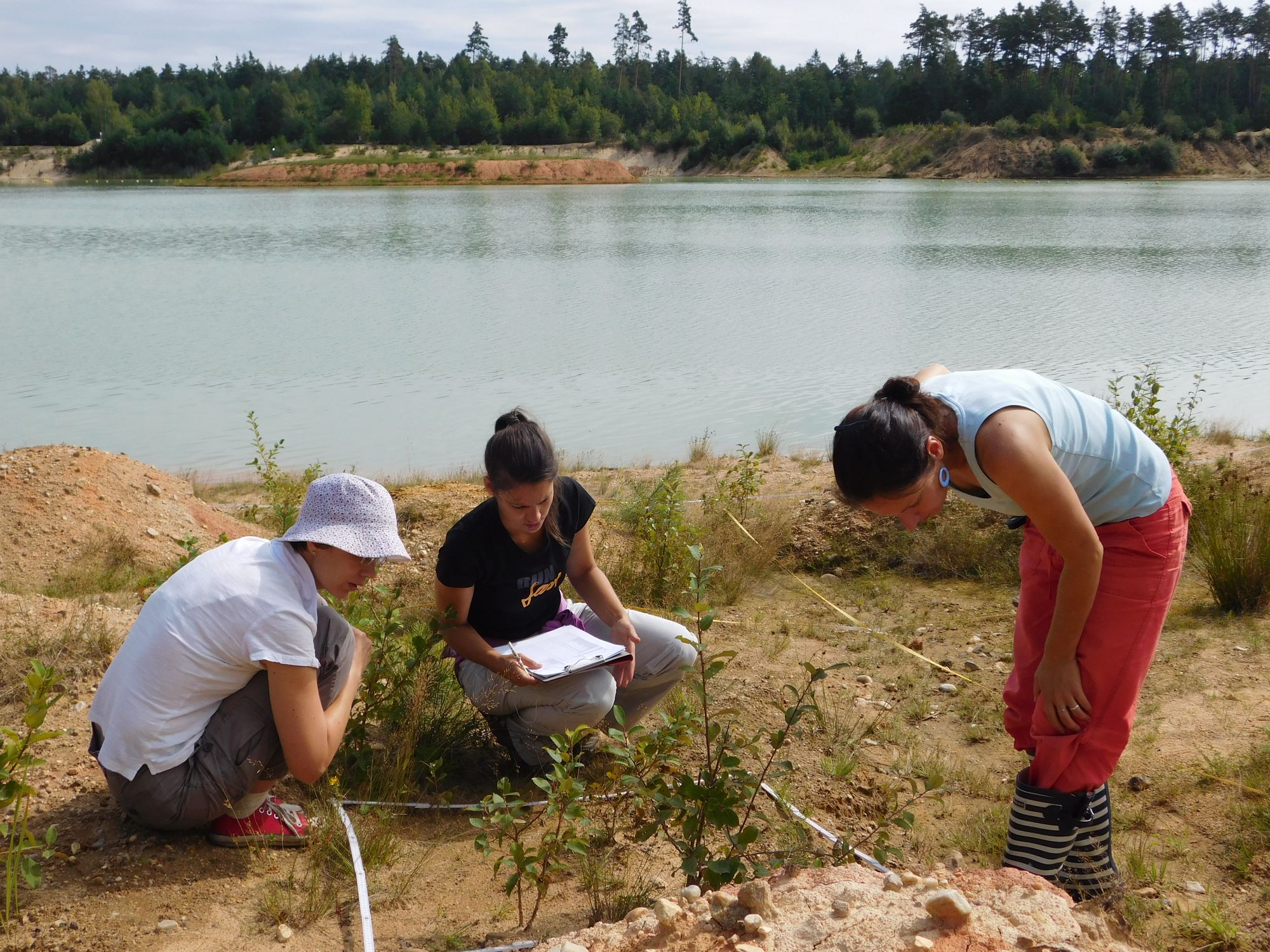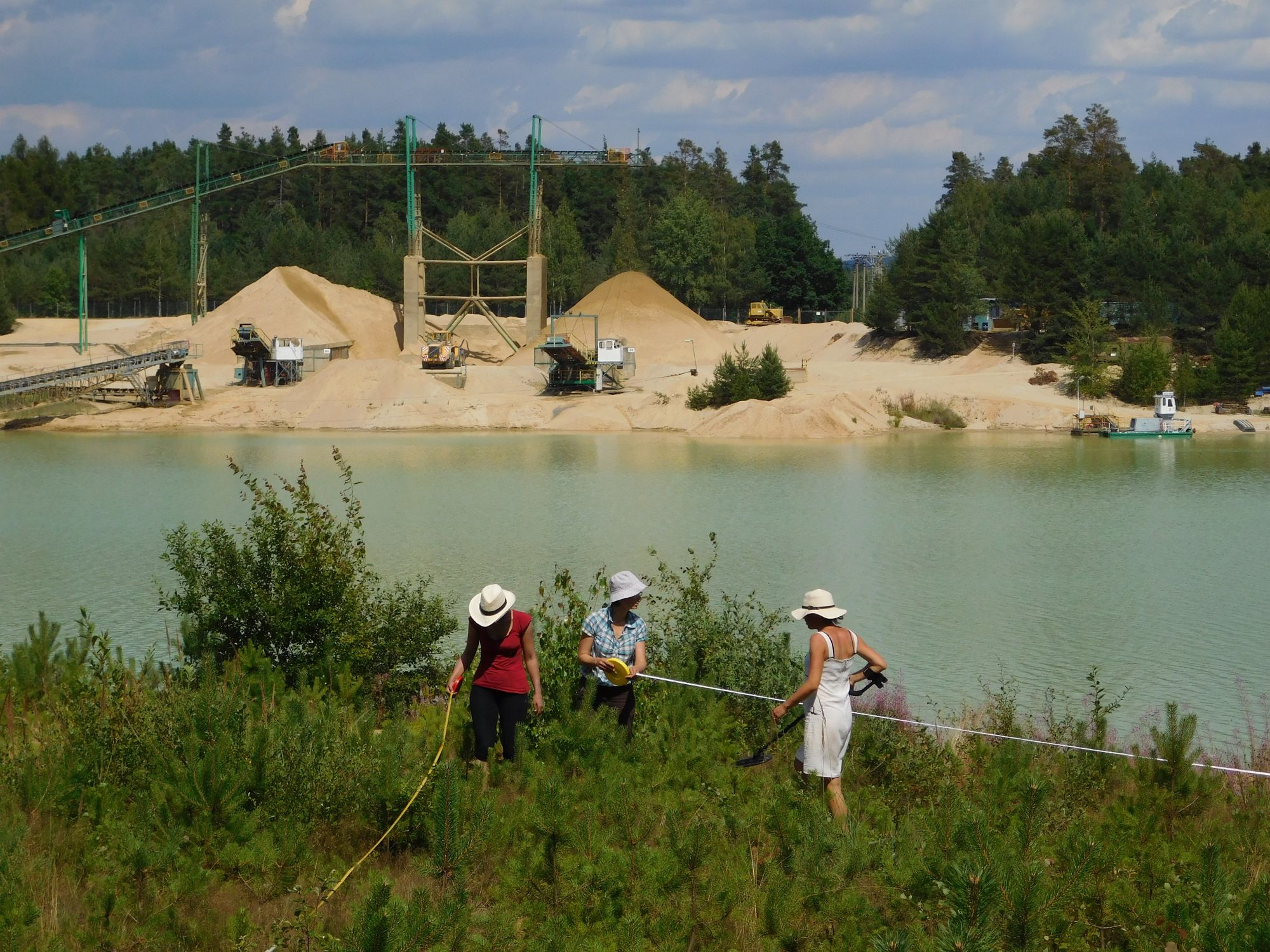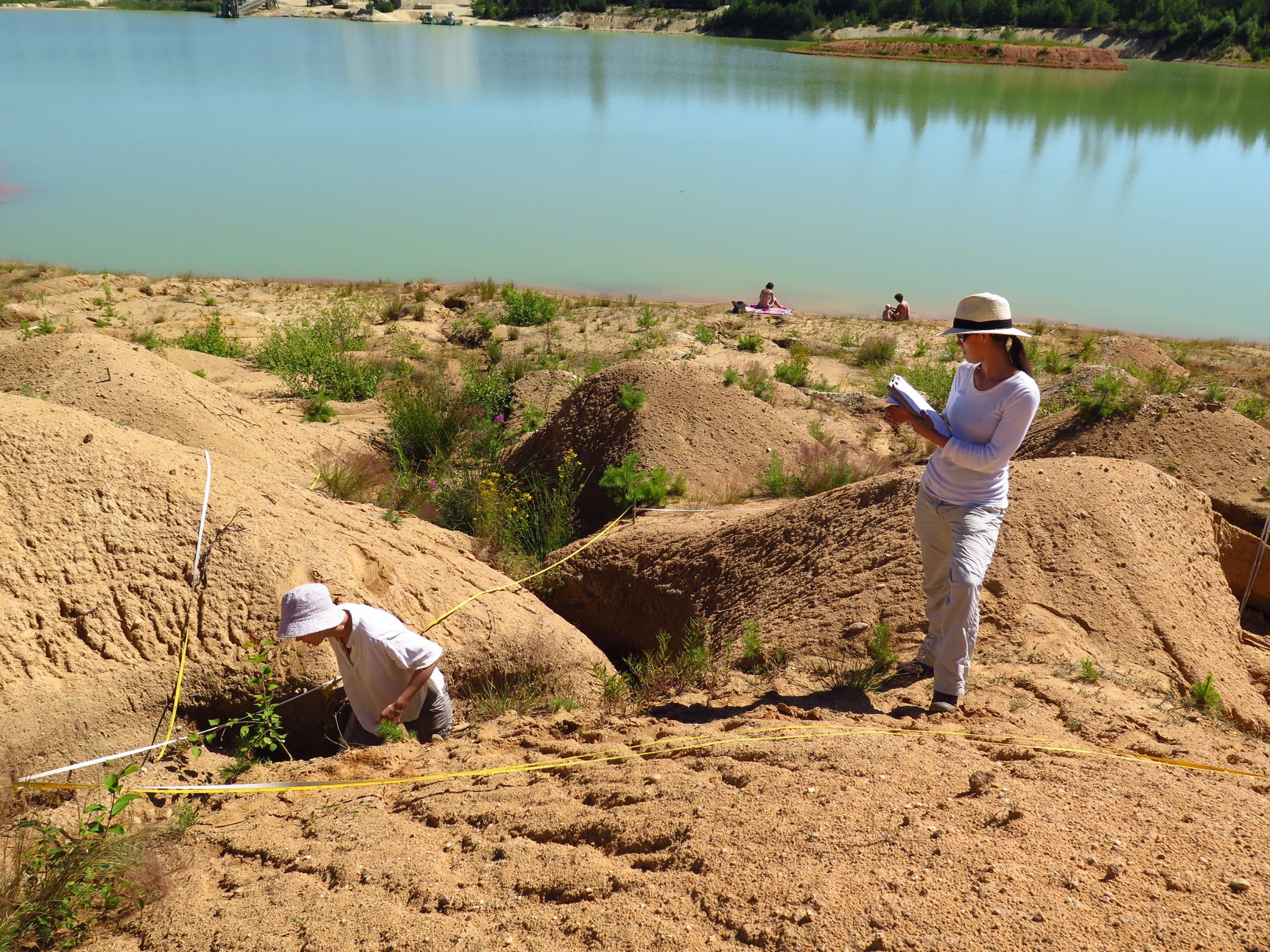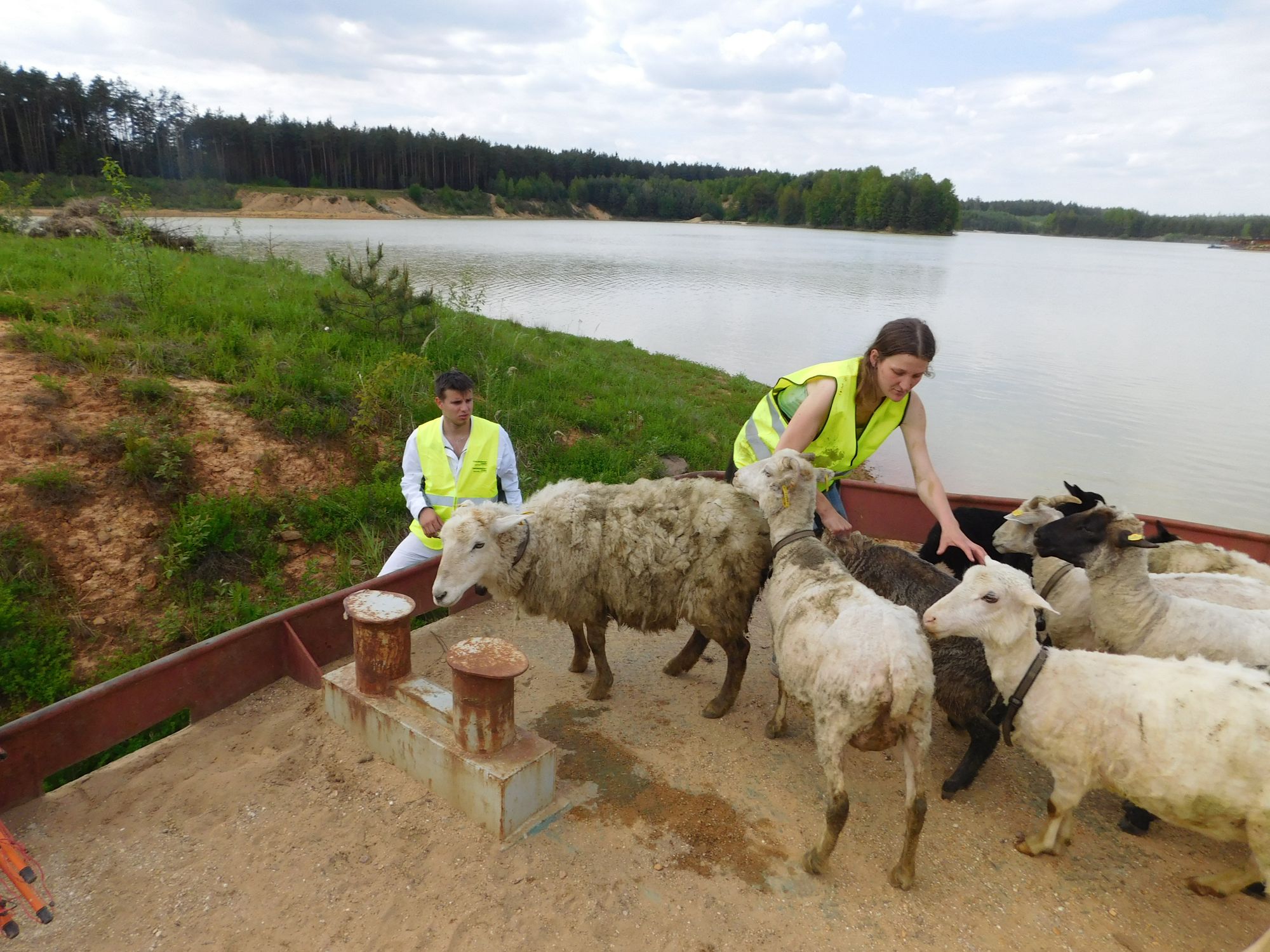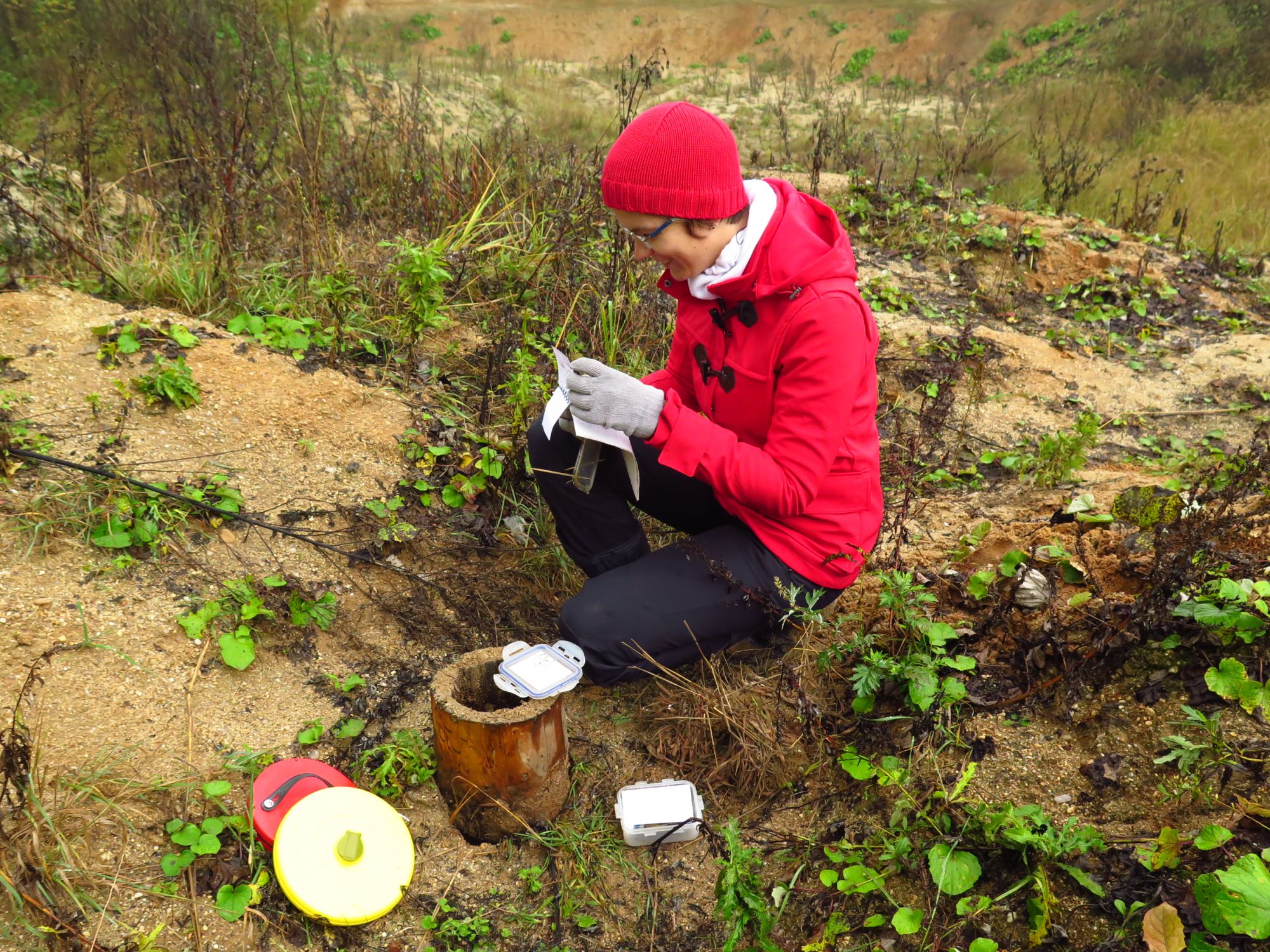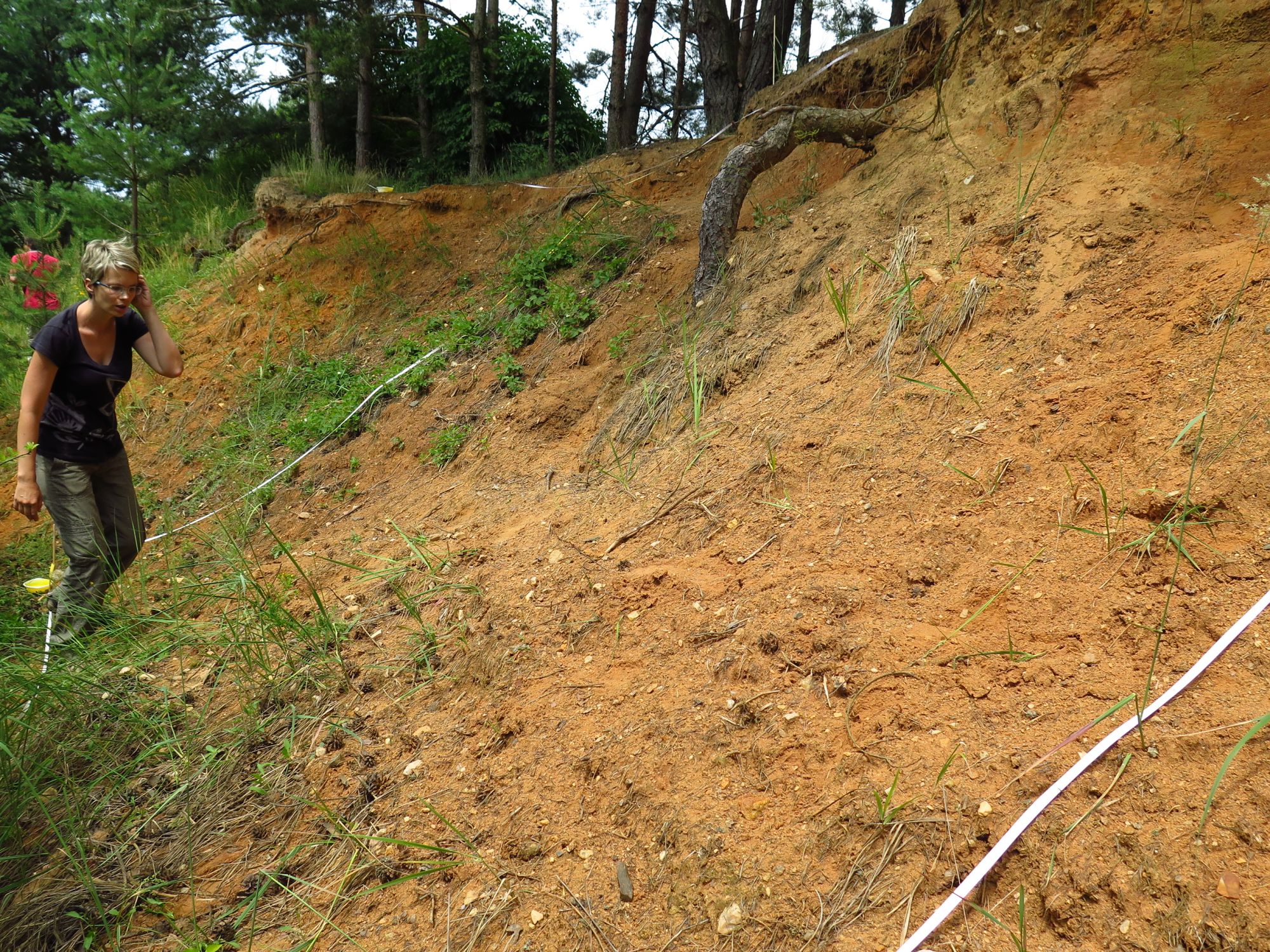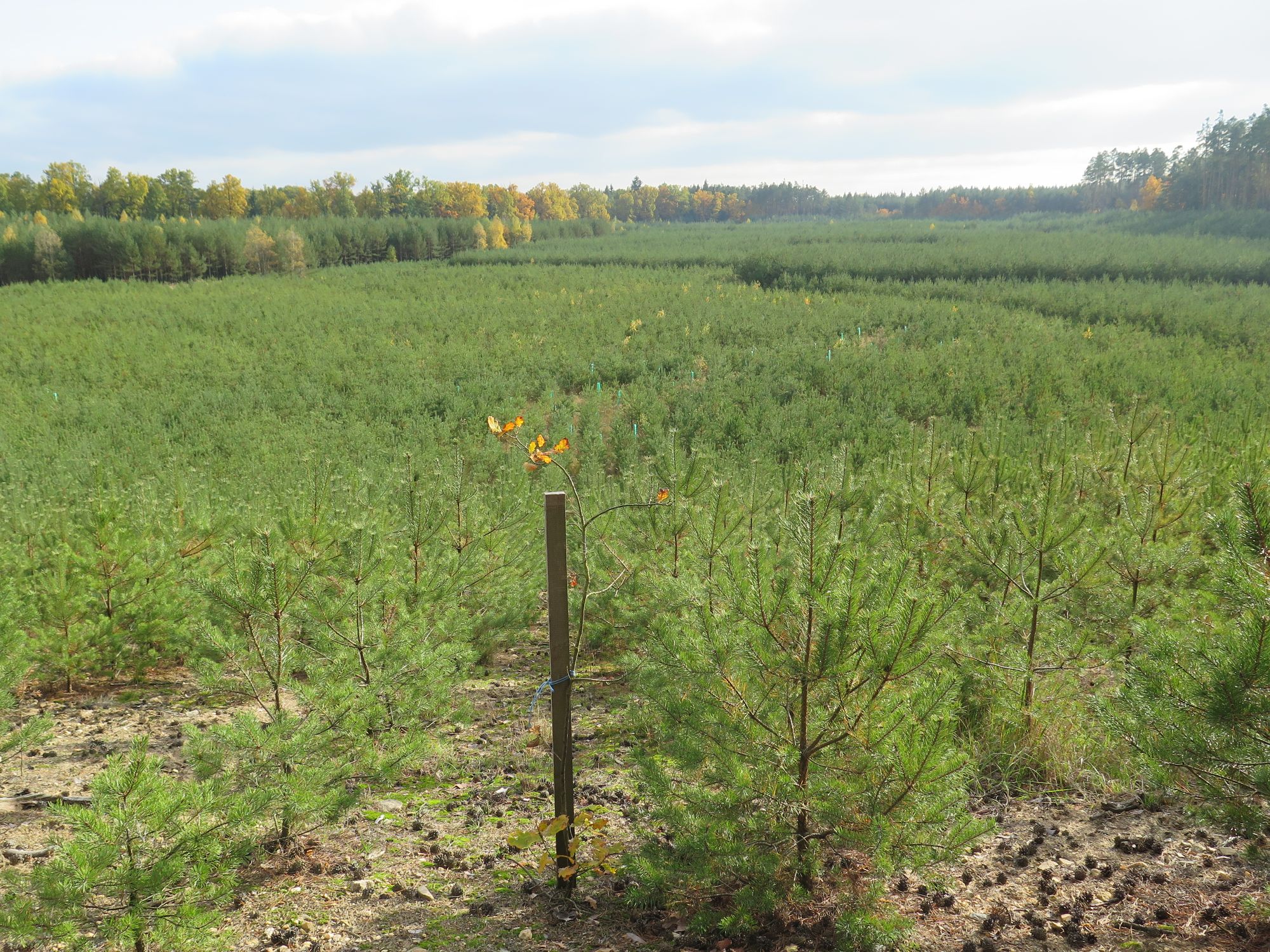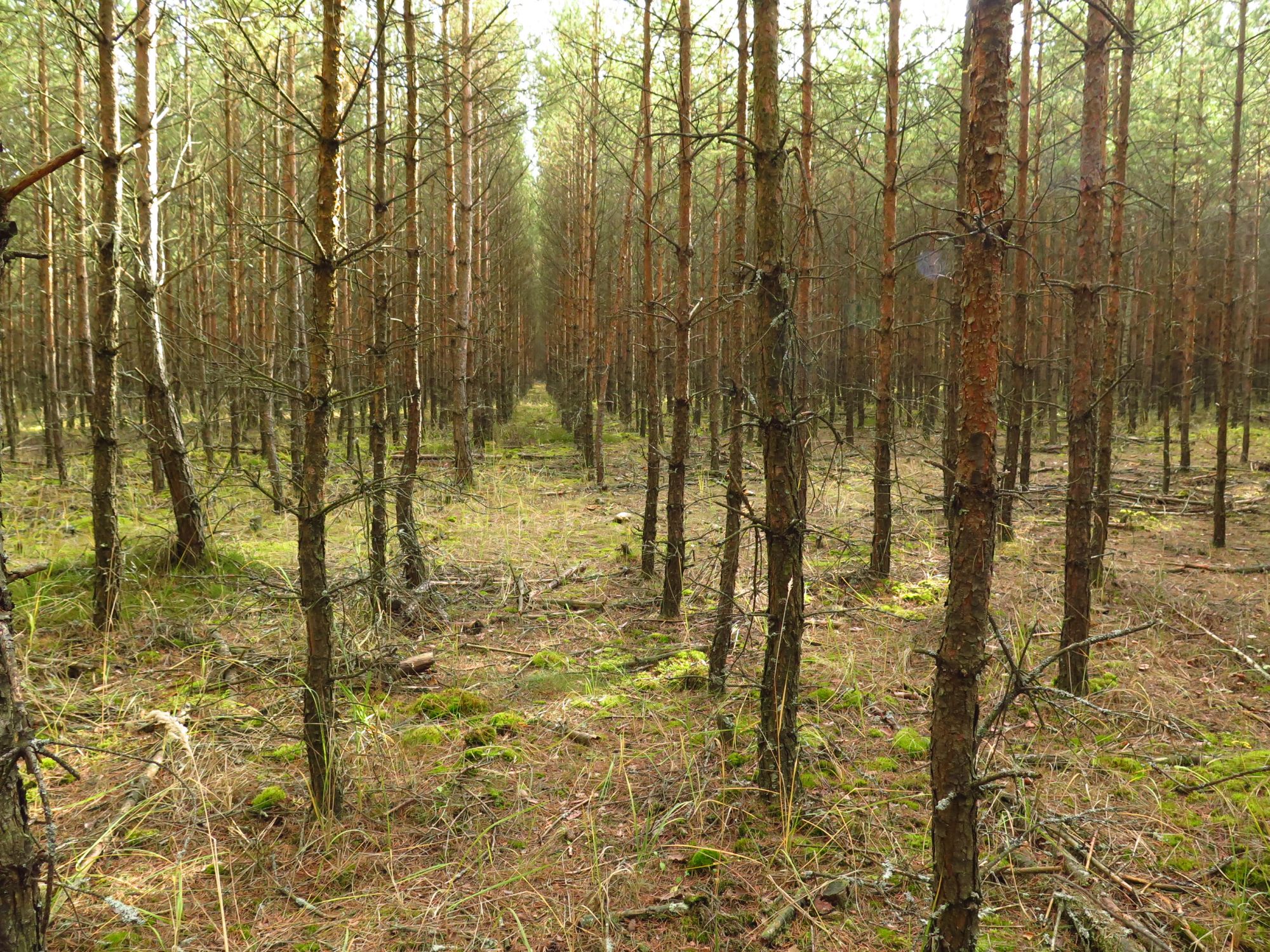Sand-gravel Pits
often serve as suitable secondary habitats for endangered plant and animal species that occur on or prefer sandy habitats. These open and dry habitats with patches of bare sand are missing in the surrounding landscape.
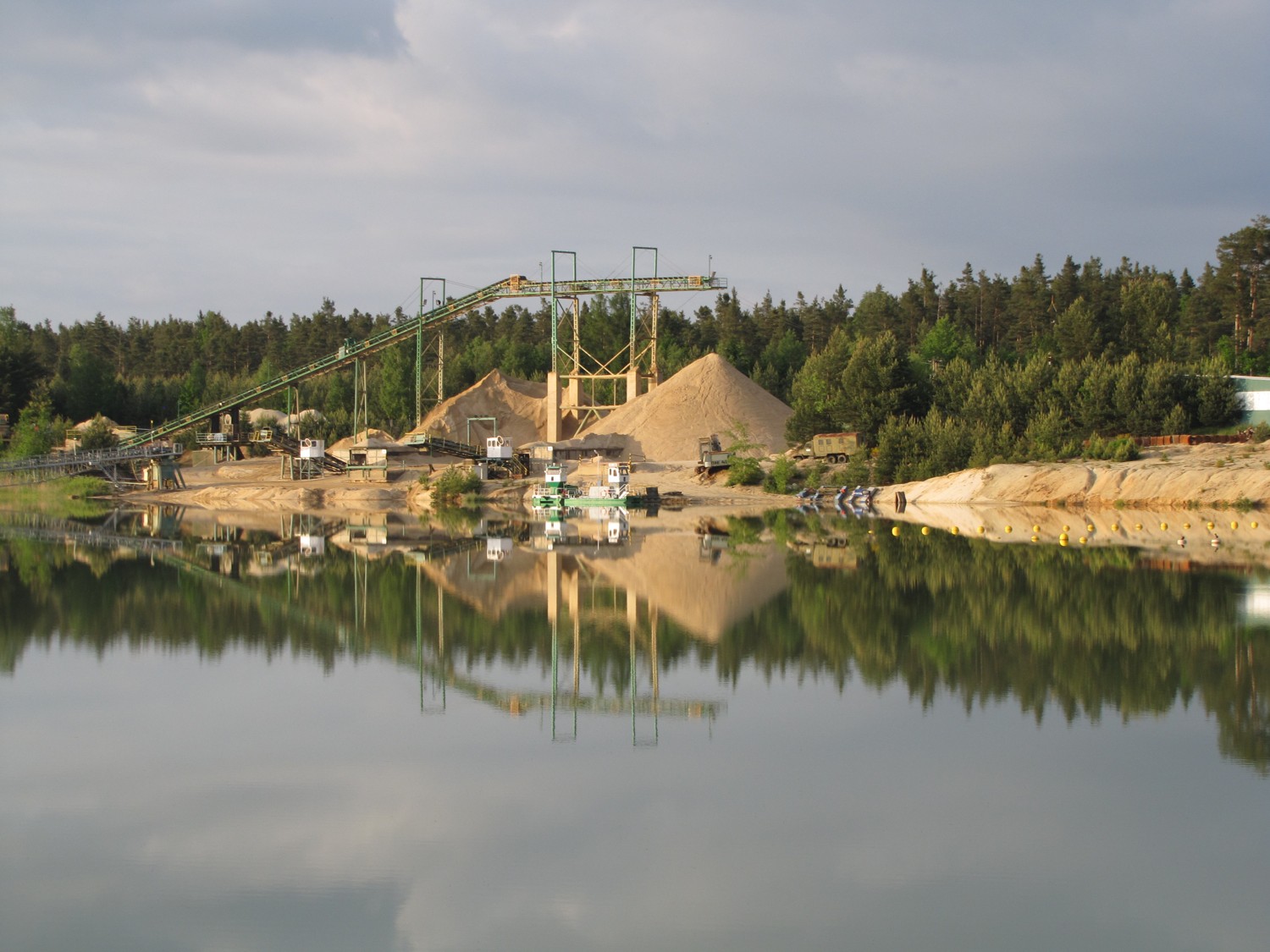 Klára Řehounková focuses her research on gravel and sand pits and their subsequent restoration. In her dissertation thesis she addressed all aspects of spontaneous restoration of sand pits, for instance the direct effect of the surrounding vegetation of the sand pit, colonisation with target and undiserable species etc. She promotes ecological restoration also among practitioners from mining companies and officials by organizing various workshops and seminars or publishing useful guides and anthologies (often in collabotation with nonprofit organization Calla).
Klára Řehounková focuses her research on gravel and sand pits and their subsequent restoration. In her dissertation thesis she addressed all aspects of spontaneous restoration of sand pits, for instance the direct effect of the surrounding vegetation of the sand pit, colonisation with target and undiserable species etc. She promotes ecological restoration also among practitioners from mining companies and officials by organizing various workshops and seminars or publishing useful guides and anthologies (often in collabotation with nonprofit organization Calla).
Collaboration with one of our biggest mining companies HeidelbergCement Czech Republic resulted in 2012 in the participation of Klára's team in an international contest QuarryLife Award. Biological survey of the Cep II sand pit was conducted during that year with particular focus not only on vegetation but also on target groups of insect and partly also on fungi. Klára and her team won first place in the national and also international contest with their project "Cep II - sand pit for biodiversity". The output also contains a proposal for further near-natural restoration of the sand pit which is currently being successfully implemented (see News).
 Lenka Šebelíková compares forestry reclamation and near-natural restoration in sand pits on different spatial scales in her dissertaion thesis. In her master thesis (in Czech) she addressed the same issue but in a small area (Třeboňsko region, South Bohemia).
Lenka Šebelíková compares forestry reclamation and near-natural restoration in sand pits on different spatial scales in her dissertaion thesis. In her master thesis (in Czech) she addressed the same issue but in a small area (Třeboňsko region, South Bohemia).
